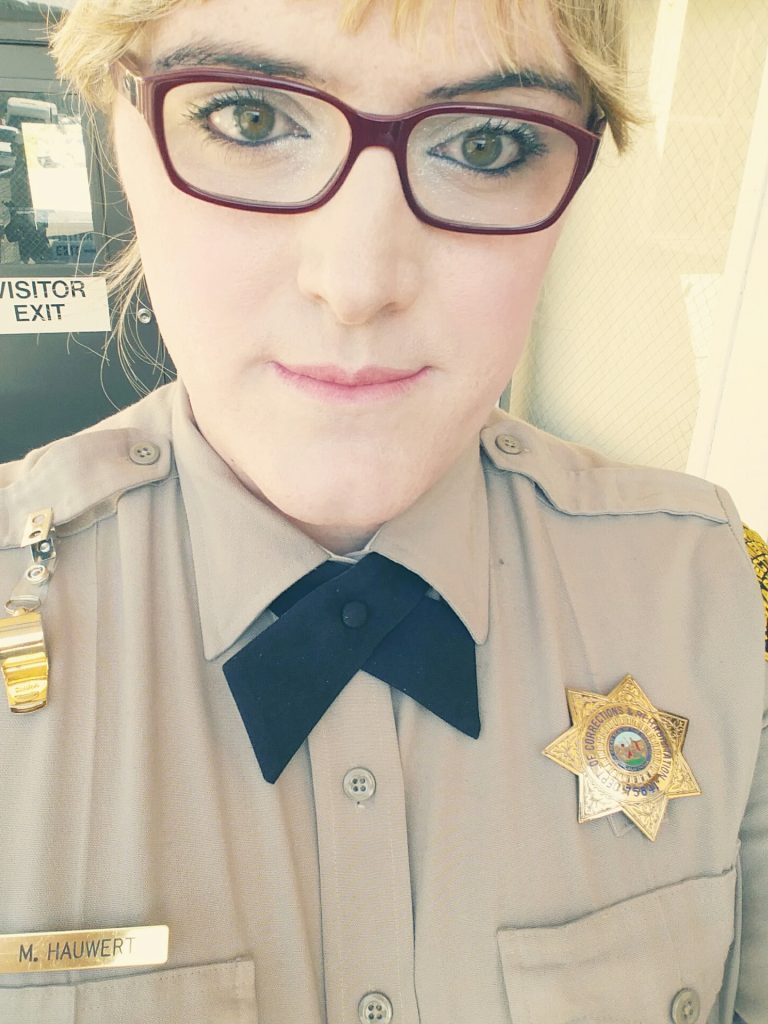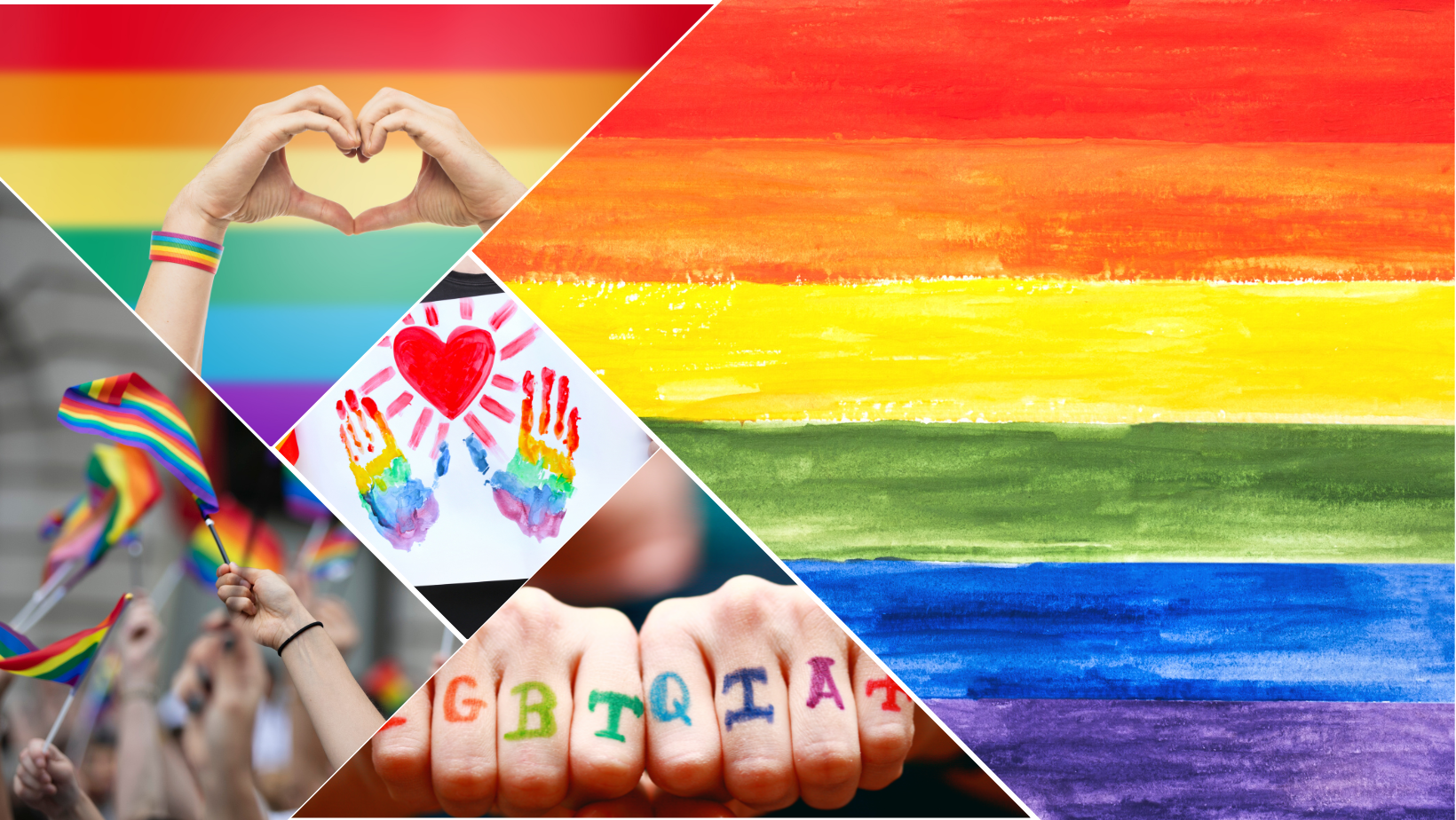San Quentin Officer shares what Pride means to her

As part of its Pride Month coverage, The Government Alliance on Race & Equity (GARE) caught up with Correctional Officer Mandi Hauwert from San Quentin State Prison.
Here, Hauwert shares her thoughts on Pride Month and what it means to her.
GARE encourages employees to expand their knowledge and gain new experiences.
CDCR/CCHCS GARE Ambassadors are sharing information about celebrations throughout the year.
What is Pride Month and why does it matter?
Celebrated in June, Pride Month honors a historically marginalized community. Pride began as a riot against law enforcement, following years of violence — the Compton’s Cafeteria Riot that took place in San Francisco’s Tenderloin District in 1966 and the Stonewall Riots in New York’s Greenwich Village in 1969.
The observance of Pride Month is a declaration of queer existence. Although there have been gains toward equal rights, such as gay marriage, for LGBTQIA+ people, in the United States and worldwide, our rights continue to be under attack, such as current anti-trans laws targeting access to gendered spaces; access to health care; participation in sports; the erosion of laws designed to protect LGBTQIA+ people from discrimination; and more.
In the face of these attacks, meant to strip away the dignity and beauty within the LGBTQIA+ community, visibility is the answer. Getting to know one another lessens hate, in all of its forms.
As Sylvia Rivera, an LGBTQIA+ activist and key figure during the Stonewall Riots, said, “We have to do it because we can no longer stay invisible. We have to be visible. We should not be ashamed of who we are.”
What does Pride Month mean to you?
Before I came out in 2012, Pride lived in my periphery. Because I knew what it represented, my (secret) queer identity filled me with utter horror. After decades, I broke free. Slowly, painfully, but free.
Once filled with shame, I found its antithesis: Pride is a manifestation of the queer journey. A beacon—so bright, so loud—letting every person suffering alone know that they are part of a vibrant community. One that welcomes them warmly, beaming with pride, and accepts them for exactly who they are.
How can CDCR/CCHCS create inclusive environment for LGBTQIA+ employees?
As a Subject Matter Expert for CDCR’s “Working Successfully with Transgender, Intersex, and Non-Binary Inmates” workgroup, I was privileged to witness CDCR officials work tirelessly, hand-in-hand, and with trans advocates to improve the lives of incarcerated transgender people. Such a process, as this question suggests, needs to see an equal effort in its participation and scope regarding employees. Most importantly, the voices of LGBTQIA+ employees must be a substantial part of this process.
What advice would you give to someone struggling with their identity?
Often, the fight over self-identity comes from external sources, e.g., belief systems, family, etc. If you are experiencing grief, even fear, over who you love, how you love, or who you are, please reach out to someone you trust; reach out online to one of the many organizations and private social media groups. If you feel like hurting yourself—reach out.
See more stories highlighting CDCR/CCHCS staff.
Follow CDCR on YouTube, Facebook, X (formerly Twitter). Listen to the CDCR Unlocked podcast.
